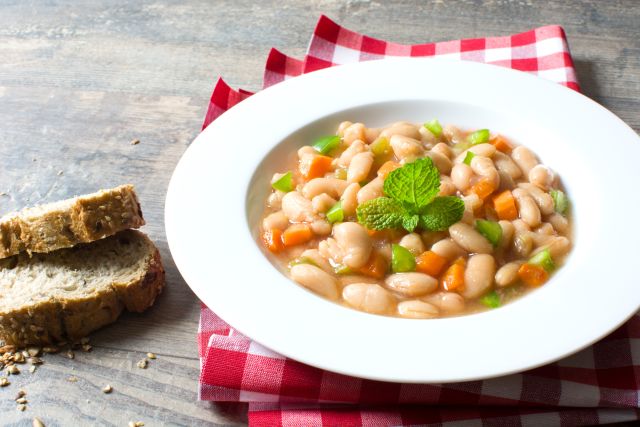Updated on March 1, 2021.
Everyone experiences post-prandial blood sugar spikes—those temporary rises in blood sugar levels after eating—as the glucose from food enters into the blood stream. When you have diabetes, these post-meal blood sugar spikes, as well as the subsequent dips, can be dangerous.
In the short term, spikes decrease energy, affect brain function, diminish physical abilities and alter mood. When blood sugar is elevated over an extended period of time, it’s called hyperglycemia. This excess sugar in the blood can lead to early kidney disease and even eye damage, endangering vision. People with type 1 or type 2 diabetes are at higher risk for these complications.
How much blood sugar levels change after a meal depends on how much you eat, what you eat and your body’s response to insulin. Below are a few guidelines to help keep blood glucose levels stable.
Choose foods that help control blood sugar
Here are a few things to keep in mind when choosing what to eat:
- Foods high in fiber digest more slowly and blunt blood glucose increases.
- Solid food, cold food and whole foods digest more slowly than liquid, warm or processed foods.
- Avoid foods with added sugar.
- Eat carbs with foods that contain fat or protein since they cause blood sugar to rise more slowly.
- Choose foods with lower glycemic index, which raise blood sugar at a slower rate than those with a high glycemic index; these are less likely to cause spikes. According to the American Diabetes Association (ADA), glycemic index can vary for the same food depending on the source and how it's prepared.
- However, foods with lower glycemic index are not necessarily healthier, so choose whole foods that are natural, raw and unprocessed.
Change portion sizes
Adjusting portion sizes allows you to still eat the foods you want. Try splitting your meal and saving a portion of it for a snack one to two hours later.
Move
A short walk after eating will help burn excess glucose by diverting blood to your muscles and slowing digestion. Avoid sitting for an extended time after eating.
Adjust your medications
Some people may need to adjust the timing or dosing of their medications to coincide with their eating schedule and reduce post-meal blood glucose spikes. Speak with your healthcare provider to determine if this is an option for you. Never adjust your dosing without the guidance of your healthcare provider.
Keep track
A journal will help you monitor how food, exercise, stress and other factors affect your blood sugar so you can spot trends and make changes if needed.





